Although many today go unnoticed in our homes despite being part of a very important moment captured in photography. The old frames of the works of art, specifically the paintings; have an extremely interesting history.
The most important works of art made in oil are not only what exists on the canvas; also takes into account the framework in which they were settled. It may seem an irrelevant detail to many people, but in decoration; the frame of a painting can add just what it lacked to a decorative scene to be complete.
[one_half_first]If you want to learn more about its history and how to use them today within the different decorative styles; then accompany us on this tour through the history of antique picture frames.
Framing works of art is something that can be appreciated in both Egyptian and Greco-Roman architecture. However, these decorative edgings were made to enhance mosaics; so they were very intrinsically linked to the work itself. The Byzantine architecture was the one that gave origin to the frames of the pictures as we know them today.
[/one_half_first][one_half_last][/one_half_last]
From the Byzantine Era to Our Times
Beyond the decorative aggregate that was part of the architecture itself; the frames to skirt and protect the works, were born when the paintings on wooden boards flooded the churches.
The XIII, XIV and XV centuries; the summit of the Frames
The independent paintings of century XIII were realized on planks of hollow wood and, to avoid folds or deformations; the Church proposed to devote more dedication to the frameworks of the works.
At first they were only a support that should be integrated to the work without breaking the harmony of it. For that reason, many frames followed the continuity of the painting that had been embodied in the table.
By the XIV and XV centuries, these frames were composed of a thick base, columns on the sides called pilasters; and a wide cornice that stood out regularly with a capital. The upper section often ended with a semi-circular summit that today, in the art of framing, is known as “Gothic” style.
These fantastic altar pieces were painted panels that were held together with hinges, clamps and very ornate gold moldings. The gems embedded in these moldings in the shape of triptychs and diptychs represented, together with gold: The Glory of the Kingdom of Heaven.
The framework at this time was an element closely linked to the spiritual and the divine.
The 16th Century, The Antique Picture Frames in the Renaissance
To elaborate the panels for the Church in the manner of a work of art totally detached from the wall to which it would later be integrated; made the artists start using an easel to make their paintings. It was thus, as soon after, the cloth canvas became present in the workshops of these painters who constantly looked for an alternative to explore.
Although each region of the world had its own conception of what the frame should be in a masterpiece; (Not only for the Church, but for the nobles and wealthy merchants who commissioned these pieces); It was the Italian sculptors and cabinetmakers who set a standard.
This before and after is clearly seen at the time that the style of the moldings in the frame introduced by the Italian masters; began to be copied by Spain, France, Germany and Holland.
The frame was always realized when the work in question was about to end. In this way, it was guaranteed that the harmony between the frame and the painting would not be affected. The final details to the painting were added once the frame had been designed. However, with the introduction of the three moldings of the Italians, this procedure was left behind.
The three moldings were assembled to complete a single frame and were divided into:
The first frame
Which was on the painting, a molding not very wide and not very worked, with a gold finish.
Broad band and flat.
Delicately decorated.
The third molding
Similar to the first. However, this was a little wider.
Broadband and flat exists to compete directly with the painting, motifs of leaves were used, angels, birds, flowers, etc. All painted either in strong colors or in soft tones so as not to distract attention; although they also gilded like the rest of the frame.
The carving of the internal and external moldings, on the other hand, consisted of a row of sheets or a ribbon of ornaments.
Venice, City of the Frames
It was during this century that Venice became the leading manufacturer of frames; The ornaments were more ostentatious, complex and elaborate, and were no longer intended only for cloth canvases.
The craftsmen who made the frames realized that they did not need to wait an uncertain time to be able to sell their frames; so they began to use them in mirrors, these frames were 10 times more complex than those that were use in paintings; not only carved in wood but also forged in different minerals such as copper, iron and gold.
The 17th and 18th centuries, the Apogee of the Framework
“Magnify the quality of the work of art inside, using another work of art of the same quality on the outside”
At least, that was the vision of many artists in the golden age of the frame; very important personalities like Leon Battista Alberti, established that the painting was a window open to the world.
With that thought, it was tried to present to the pictures like a jewel contained in an equally precious jeweler. The windows to the world dressed with a really beautiful frame to appreciate.
Although the construction of the frame in three sections remained a norm; many times the molding was completely carved, with longer features and greater relief. Italian artists migrated to France and during the reign of Louis XIII, France innovated the industry with its frames of continuous and not very thick patterns.
With the arrival of Louis XIV, this concept changed completely; the frames now had sharper points and means, gold and elegance, as well as dedication to the frame as a work was much more noticeable.
Then, Louis XV focused more on the central band, looking for the balance between the recharged corners and the painting; made the band simpler. Everyone agrees that it was under the reign of Louis XV that the decorative arts reached the pinnacle of their existence.
Frames while so many were used throughout, in order to ornament any flat surfaces such as walls and ceilings. The frames designs were then moved beyond the edges of the canvas, to decorate now:
• The fabrics used on furniture
• The tapestries of the chairs
• Wall hangings
• Book covers
• Invitations to the court
• Advertising of all kinds
• Porcelain sets
• Even carved on the surface of mirrors
The decorative concept had adopted one signature, and the frame was who had initiated this revolution in the design of interiors.
The Fall of the Old Frame
How do we went from so much exuberance to what we know today? For all began with the austere and symmetrical vision of Louis XVI, however; it was during the years of the revolution that many works were actually lost.
In order to recover the gold that was in them, the frames of the works were fused and; to replace them, began to be used plaster. During Napoleon’s dictatorship this simplistic concept clung more to the culture and today is known as “Empire Style”.
In fact, Napoleon was responsible for the fact that every painting in the Louvre was re-framed in this style. While the museums gave much value to the old frames, the artists on their part, had to adapt to this forced change.
It was then that a new concept was born, or rather, a new interpretation of man in relation to the art. The impressionists differed with the definition of window that had Alberti; for them, the artist has no limits, for that reason, delimiting the work in a frame is a mistake.
To keep the piece protected they still used the frame, but now it was as neutral as possible; hence most are white then. Most artists and even framers say, not all works deserve to be immortalized in a ostentatious framework.
However, personalities like Renoir, argue that the link between the work and its gold frame must be respected as a piece unique of art.
The Frame Today
With the appearance of the abstract, so great works can not simply afford to incorporate a ostentatious framework. Frames boxes that protect the work but show it in its entirety without covering the edges; that’s the type offrame that is mostly use today.
 However, it is now the artists who define whether or not their work will be framed. The framework does not separate the work from the world or the work is suspended in an eternal window; each concept brings us to a new style; but the original frame, there are very few today of that kind.
However, it is now the artists who define whether or not their work will be framed. The framework does not separate the work from the world or the work is suspended in an eternal window; each concept brings us to a new style; but the original frame, there are very few today of that kind.
Giving a Breath of Fond Memories in Every Corner
In today’s wide variety of interior design and decorating standards, we now have all the different kinds of wall decorations that anyone can ever imagine for any type and kind of room that anyone can think of. But nothing beats the power of being able to instantly recall fond memories of the past and use them as decorations. That, as some of you might know already (based from the article’s title) is the sole capability of picture frame decorations.
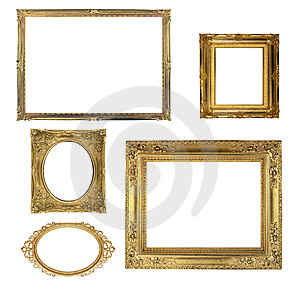
Picture frames have been one of the most basic wall decorations that has been in use ever since the development of custom paint colors capable of recreating almost realistic versions of one’s self on a canvas. And with the invention of the modern camera towards the 20th century, industrialization soon took place, and buying a picture and a picture frame for home decorations became cheap, affordable and readily accessible almost anywhere in the known civilized world.
However, simply hanging them over walls randomly can simply be a nuisance, especially if the sizes do not even match together. There is also the problem of assigning a proper height to each and every picture frame that you may have. And thus, proper hanging of picture frames using simple logical techniques are necessary to achieve that nostalgic plus artistic look that picture frames are so designed for.
 Height must be standardized for each frame possible. If you are using relatively less frames, then you can line them up in squares or in a straight line, in a height that is just right at the eye level of an average observer. This totally reduces stress from looking at a picture that is either lower or higher than the observer, and in return produces a symmetrical effect that pleases (or tricks) the eye.
Height must be standardized for each frame possible. If you are using relatively less frames, then you can line them up in squares or in a straight line, in a height that is just right at the eye level of an average observer. This totally reduces stress from looking at a picture that is either lower or higher than the observer, and in return produces a symmetrical effect that pleases (or tricks) the eye.
Elegant and Chic Antique Picture Frames
Antique picture frames are in vogue now due to their distinctive style and elegance. Picture frames are used to protect and safeguard pictures and paintings. Moreover they add to the beauty of the picture they frame. The history of antique picture frames dates back to the 2nd century B.C. The Etruscan cave paintings had borders done around them which indicates the presence of picture frames in that period. The first picture frames used were made of wood and was usually done by the painter himself. This was a common practice in the middle ages.
It was during the renaissance period that picture frames came to limelight. Picture frames made of metal or wood replicating the style prevalent to the particular period of time came into being. These added grace and style to the paintings and were modelled according to the painters’ wishes. During this period professional frame makers flourished well, with the frames ranging from ornate, gilded ones to rococo ones.
Victorian style antique picture frames specialise in ornamental works of art made of usually metal or wood. These add a touch of sophistication and are a source of delight to a connoisseur. These are quite expensive, but affordable reproductions are available in the market for art lovers who are desperate to own one. These are manufactured in metal or wood like the original pieces to suit your budget without burning a hole in your pocket.
 With the advent of plastic, picture frames are done in large scales and are easily affordable now. They come in both sleek, stylish simple designs and also as heavily done ornamental types. Modern architectural styles go well with the simple, down- to-earth and classy designs. Antique picture frames are more suited to the ancient styled houses as they add to the traditional effect of the house concerned. So care should be taken while furnishing the house or office with antique picture frames. They should add to the overall effect and not mess up the style of the room.
With the advent of plastic, picture frames are done in large scales and are easily affordable now. They come in both sleek, stylish simple designs and also as heavily done ornamental types. Modern architectural styles go well with the simple, down- to-earth and classy designs. Antique picture frames are more suited to the ancient styled houses as they add to the traditional effect of the house concerned. So care should be taken while furnishing the house or office with antique picture frames. They should add to the overall effect and not mess up the style of the room.
Whether they are made of wood, metal or plastic, the main purpose of the picture frame is to safeguard the picture inside. When done ornamentally they give a touch of class to the picture as well as the surrounding area. Once considered as a collectors’ item, these antique frames have come a long way to being an integral part of interior décor of a building adding glamour and sophistication to the place they grace.

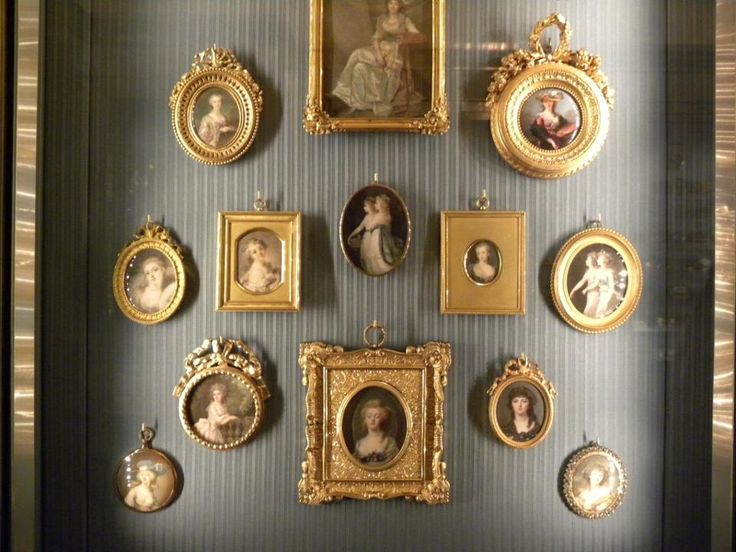

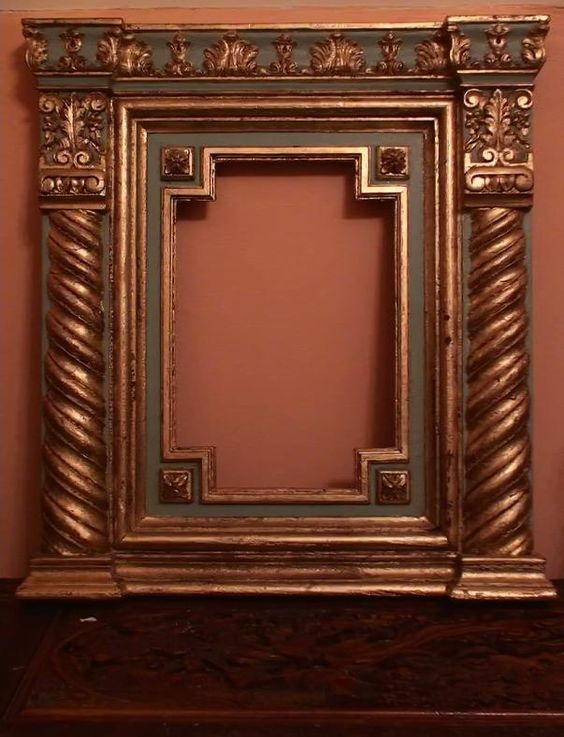
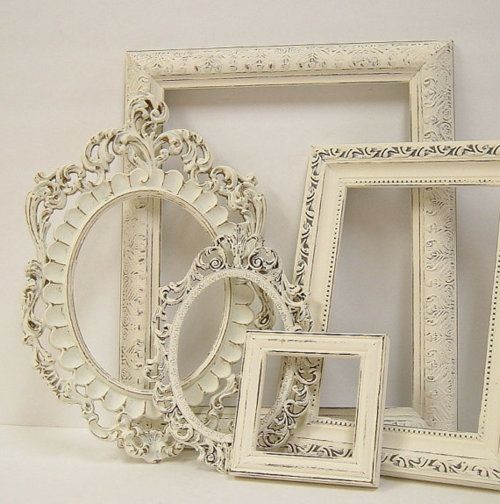
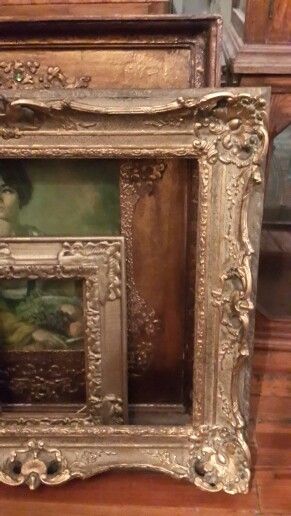

0 comments